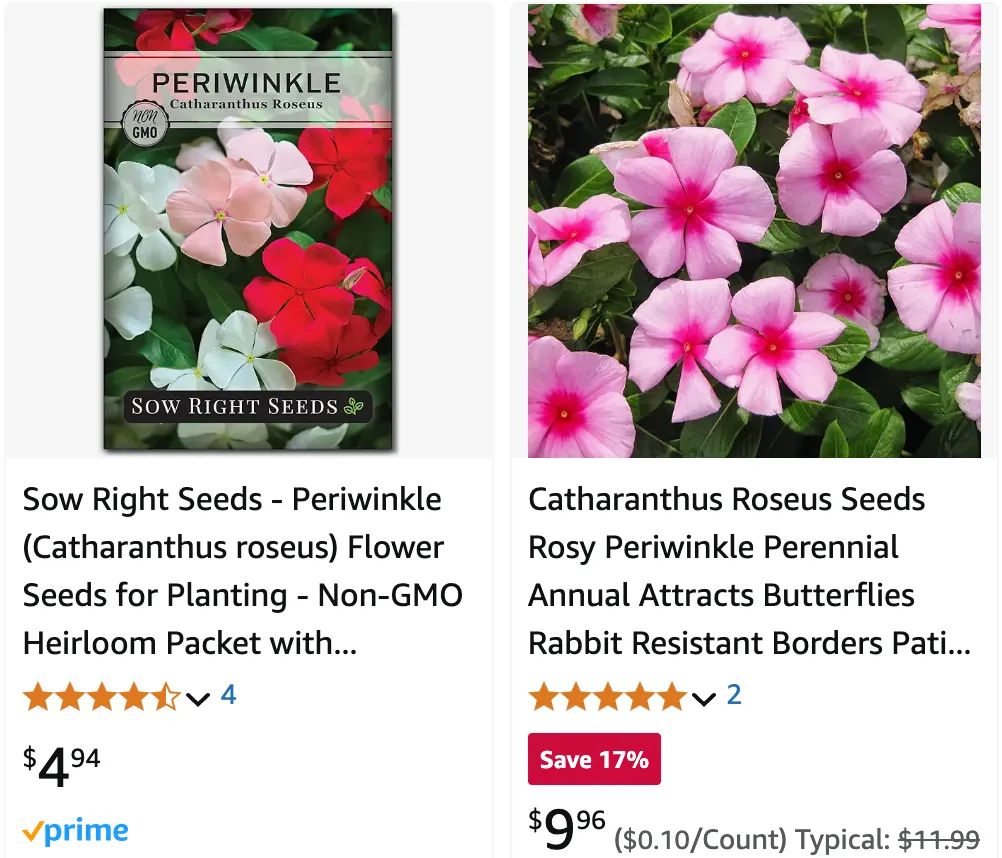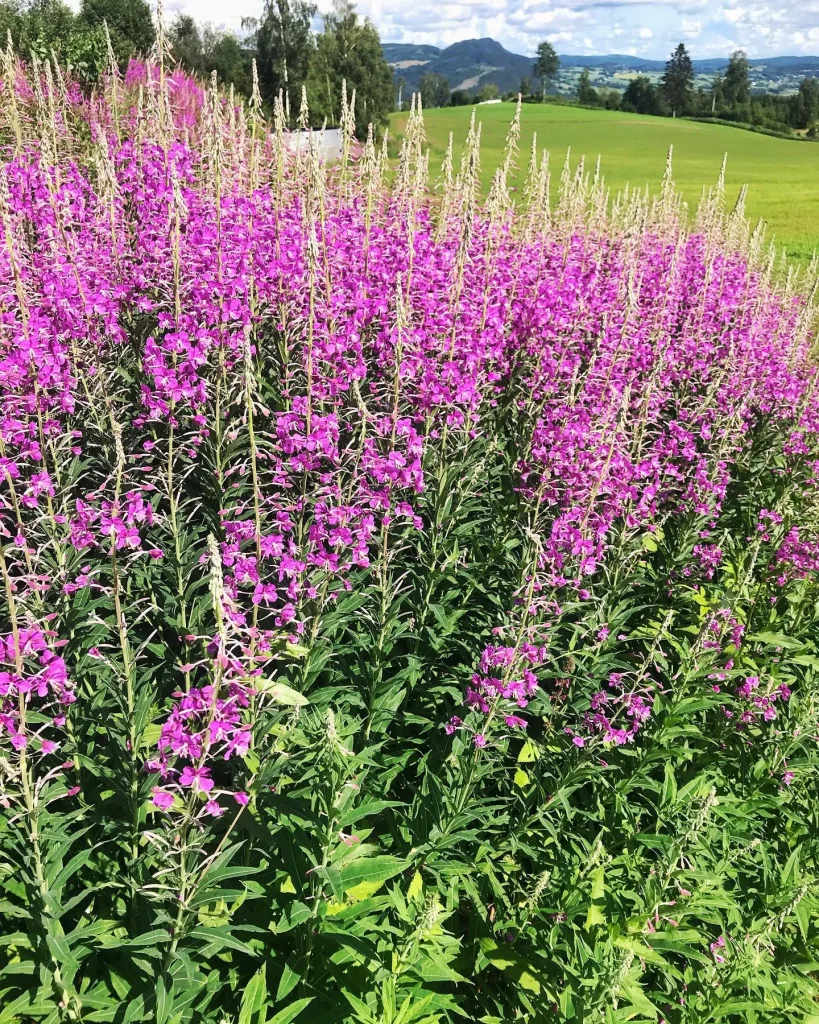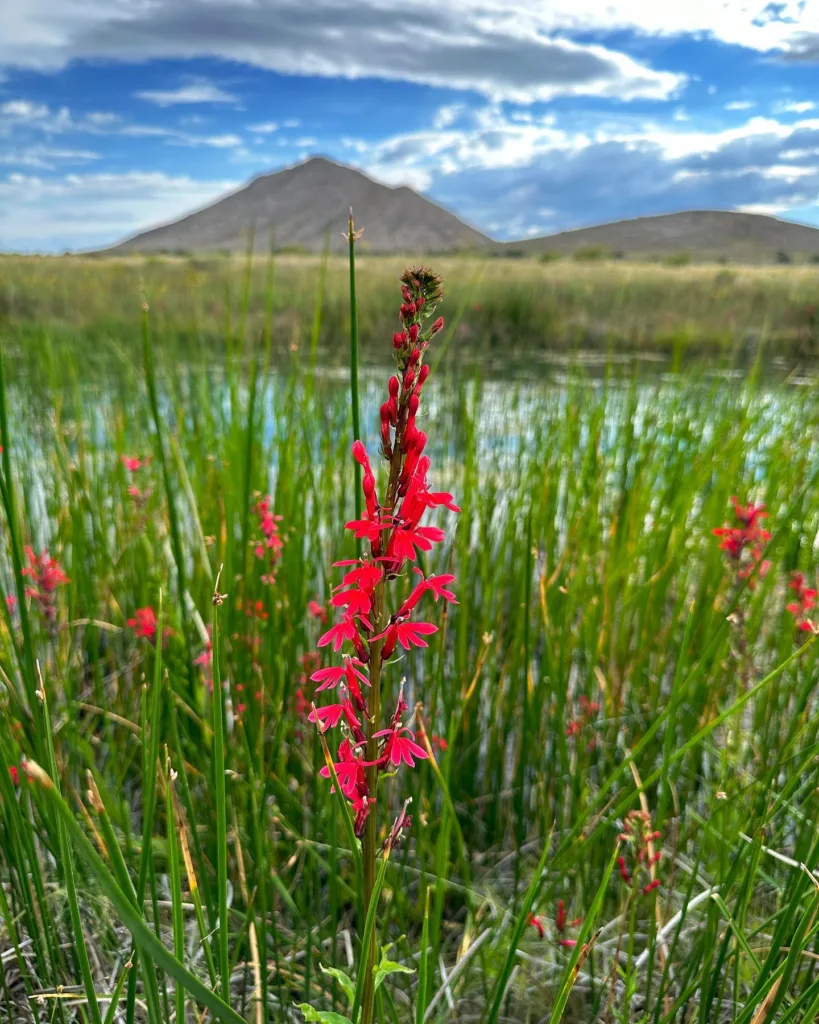
April 22 – Catharanthus
"Catharanthus, the periwinkle, represents April 22."
Catharanthus symbolizes perseverance and healing. You have a caring and determined nature, always striving to overcome challenges. Like this plant, you bring hope and recovery.
Catharanthus: A Blooming Fascination
My name is Ferb Vu, and I’ve always been drawn to the vibrant world of plants. Among the countless genera that grace our planet, one holds a special place in my heart: Catharanthus. This captivating genus, belonging to the dogbane family (Apocynaceae), is perhaps better known to many as the “periwinkle.” But there’s much more to these plants than their charming common name.
A Diverse Genus
While the name “periwinkle” might conjure up images of the common garden variety with its pink or white flowers, Catharanthus is surprisingly diverse. This genus boasts 9 distinct species, each with its unique characteristics and allure. Seven of these species are endemic to Madagascar, showcasing the island’s rich biodiversity. Let’s take a closer look at the members of this fascinating genus:
- Catharanthus coriaceus: Known for its leathery, resilient leaves, this species is often found in dry habitats, displaying an impressive adaptability.
- Catharanthus lanceus: This species has slender, lance-shaped leaves and is native to Madagascar’s rocky landscapes, thriving in harsh conditions.
- Catharanthus longifolius: Distinguished by its elongated leaves, this plant grows in tropical environments and has a more narrow, graceful leaf structure.
- Catharanthus makayensis: Native to Madagascar’s Makay massif, this species is highly adapted to its arid, rugged environment with striking white flowers.
- Catharanthus ovalis: This species features rounded, oval leaves and is well-suited to dry climates, showing a remarkable drought tolerance.
- Catharanthus pusillus: The smallest species in the genus, it has delicate, compact foliage and is often found in open fields and grasslands.
- Catharanthus roseus: Commonly known as Madagascar periwinkle, it’s widely cultivated for its vibrant pink or white flowers and medicinal properties. Plant FAQs: Catharanthus Roseus – Madagascar Periwinkle
- Catharanthus scitulus: Known for its dainty flowers and graceful structure, this species adds a touch of elegance to its natural scrubland habitat.
- Catharanthus trichophyllus: Characterized by its fine, thread-like leaves, this species is adapted to Madagascar’s unique climates, thriving in sandy, dry soils.
More Than Just a Pretty Face
Catharanthus roseus, in particular, has garnered significant attention for its medicinal properties. This species is a source of valuable alkaloids, namely vincristine and vinblastine, which have proven effective in treating various forms of cancer. This remarkable plant has earned its place in the world of medicine, offering hope and healing to countless individuals.
A Personal Connection
My fascination with Catharanthus goes beyond its botanical significance. These plants have a way of connecting with me on a personal level. Their resilience in diverse environments, their vibrant colors, and their potential to heal resonate with my own values and aspirations. I find joy in cultivating these plants, witnessing their growth, and appreciating their unique beauty.
FAQs
How to Care for Periwinkle?
Periwinkle is a low-maintenance charmer. It thrives in well-drained soil and prefers partial shade. Water regularly during the first growing season, but established plants are remarkably drought-tolerant. A light feeding in spring with a balanced fertilizer keeps them happy. Deadheading spent flowers encourages continuous blooming throughout the season.
How to Propagate Periwinkle?
Periwinkle is a propagation dream. You can easily divide mature clumps in spring or fall. Simply dig up the plant, carefully separate the roots into sections, and replant them in their new homes. Stem cuttings work too! Take a 4-inch stem tip, remove the lower leaves, and plant it in a pot with moist soil. Keep it warm and humid, and soon you’ll have a new periwinkle on your hands.
What to Plant with Periwinkle?
Periwinkle’s trailing habit makes it a fantastic groundcover. Plant it under taller perennials or shrubs to add a pop of color and suppress weeds. It also works beautifully in hanging baskets or window boxes, spilling over the edges with its cheerful blooms.
How Do You Make the Color Periwinkle?
Ah, the elusive periwinkle hue. This lovely shade falls somewhere between blue and violet. To achieve it when mixing paints, start with a cool blue base and slowly add white to lighten it. A touch of red or pink can nudge it towards a more violet tone. Experimentation is key here – have fun and find your perfect periwinkle!
Will Periwinkle Kill Other Plants?
Periwinkle can be a vigorous grower, but it’s not typically considered invasive. However, in ideal conditions, it may spread and crowd out slower-growing plants. To prevent this, edge your periwinkle beds or plant them in containers.
Do Deer Eat Periwinkle?
Good news for gardeners! Deer generally avoid periwinkle due to its slightly bitter taste. This makes it a great choice for areas with heavy deer browsing.
How to Get Rid of Periwinkle?
If your periwinkle becomes a bit too enthusiastic, removing it requires some persistence. The best method is manual removal. Dig up as much of the root system as possible, being mindful of any desirable plants nearby. Periwinkle is tenacious, so you might need to repeat this process over a few weeks to ensure complete eradication.
Are Periwinkle Flowers Edible?
Technically, yes, periwinkle flowers are edible. However, they have a bland taste and aren’t particularly exciting to munch on. There are far more delicious options out there in the flower garden!
How to Collect Periwinkle Seeds?
Periwinkle readily produces tiny brown seeds after flowering. Once the seed capsules turn brown and begin to split, collect them and store them in a cool, dry place until spring.
Can Periwinkle Grow Up a Trellis?
Periwinkle is a trailing vine, not a climbing plant. It won’t readily climb a trellis on its own. However, you can gently weave its stems through a trellis for a cascading effect.
How to Transplant Periwinkle?
Transplanting periwinkle is a breeze. Choose a location with well-drained soil and amend it with some compost if needed. Dig a hole slightly larger than the root ball of your periwinkle. Gently remove the plant from its current location, teasing apart any tangled roots. Place it in the new hole, ensuring the crown (where the stems meet the roots) sits at ground level. Backfill the hole, water thoroughly, and keep the soil moist for the first few weeks until the plant establishes itself.
Is Periwinkle Poisonous to Cats?
Unfortunately, yes, periwinkle is considered toxic to cats. All parts of the plant contain vincamine, a compound that can cause gastrointestinal upset, tremors, and even seizures in felines. If you have curious cats and periwinkle in your garden, consider planting it in containers or raised beds to keep them out of reach.
A Call for Conservation
As with many plant species, Catharanthus faces threats due to habitat loss and over-exploitation. It’s crucial to recognize the importance of conserving these plants, not just for their aesthetic value but also for their potential to benefit human health. By understanding and appreciating the diversity within this genus, we can contribute to its preservation for generations to come.
In conclusion, Catharanthus is a genus that embodies beauty, resilience, and healing potential. Its diverse species, each with unique characteristics, contribute to the rich tapestry of the plant kingdom. As a passionate admirer of these plants, I believe it’s our responsibility to cherish and protect them, ensuring that their legacy continues to bloom.
If i die, water my plants!



